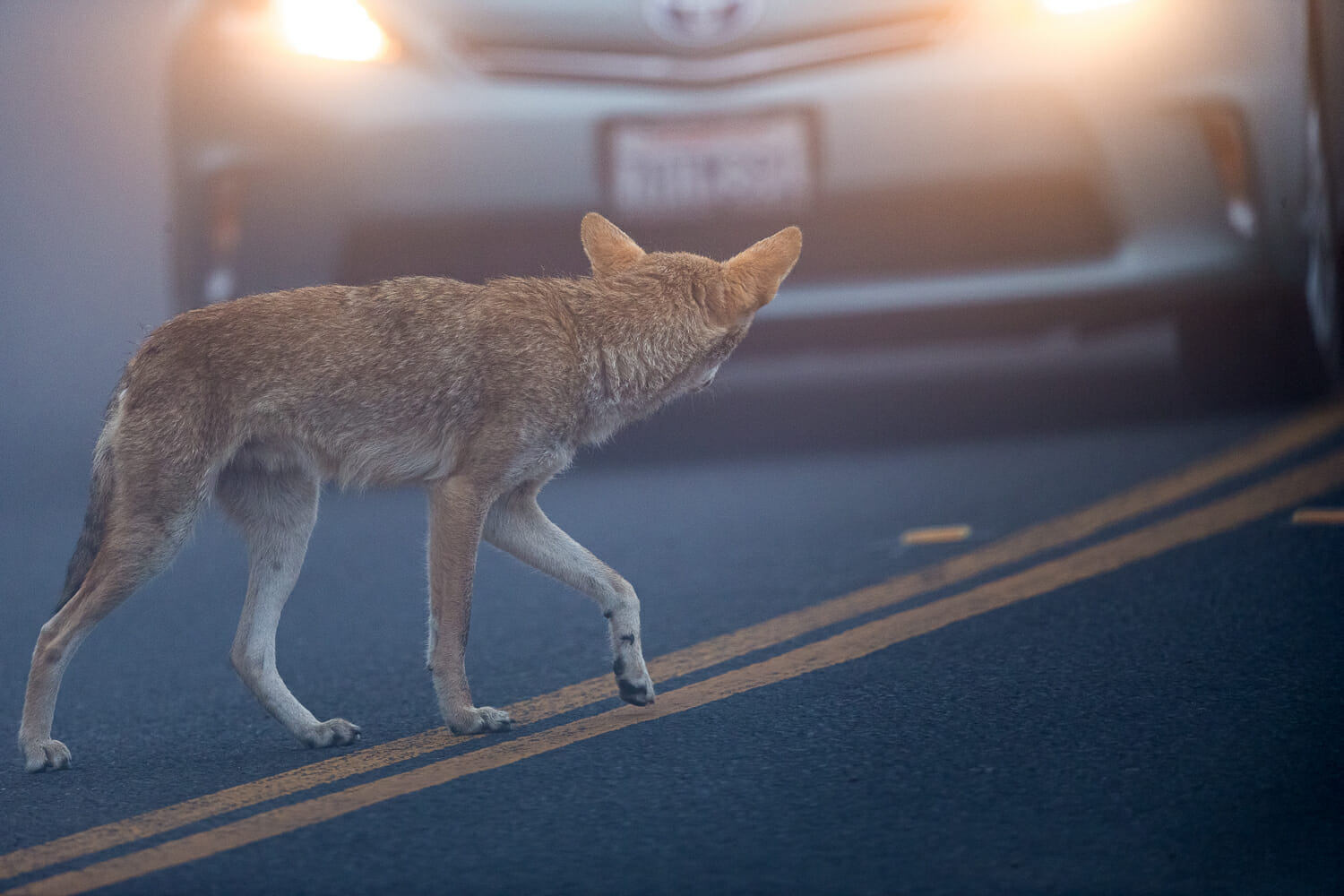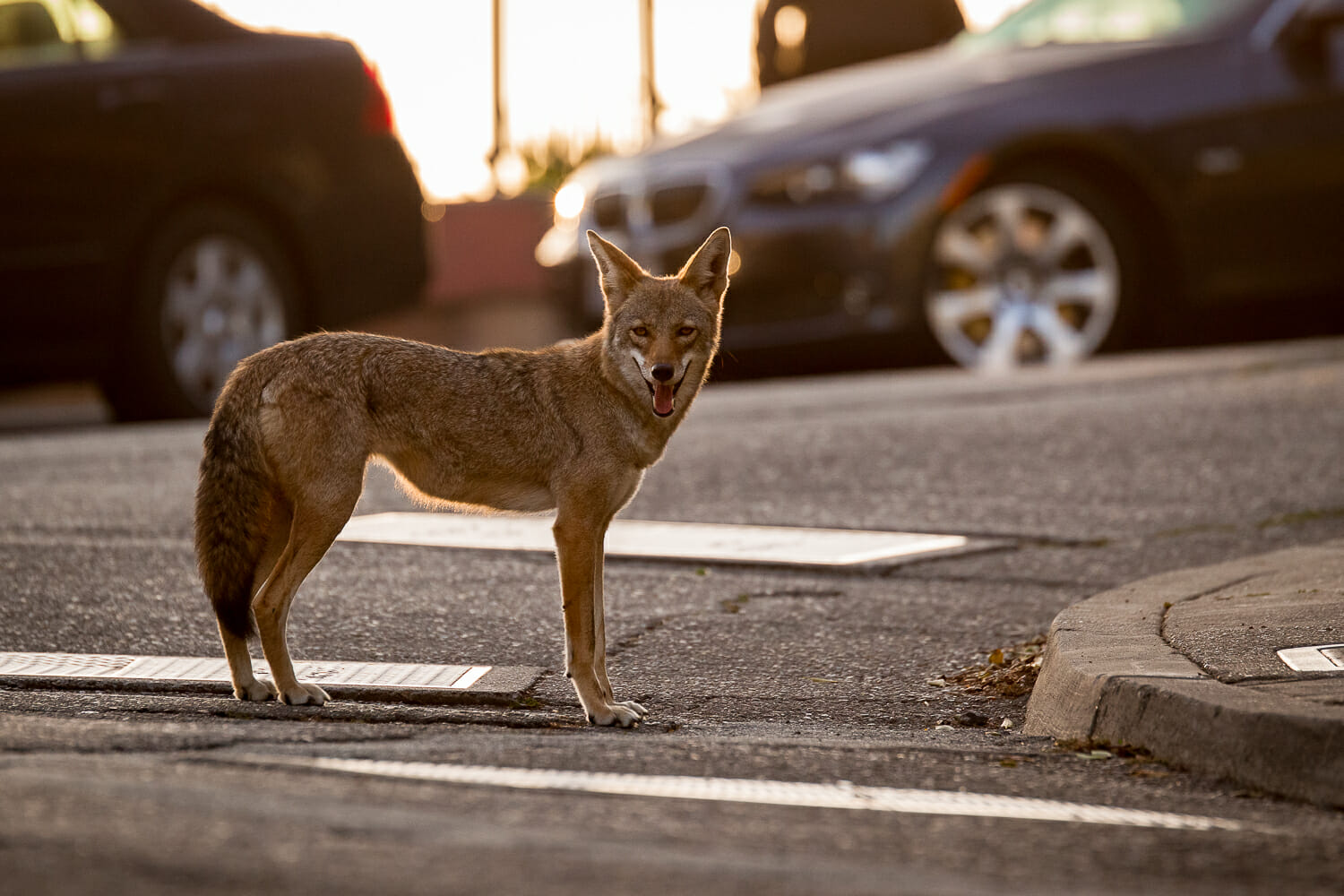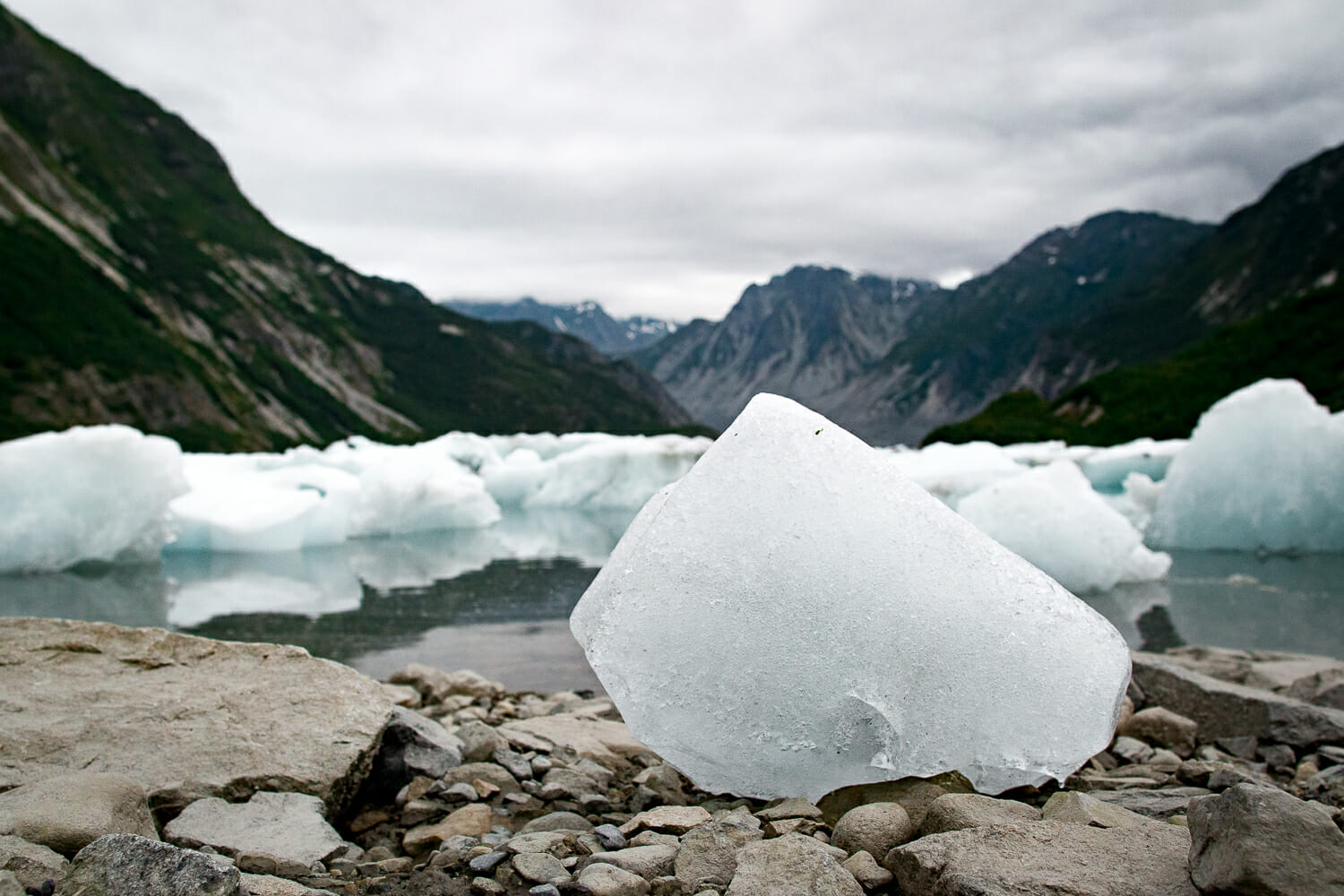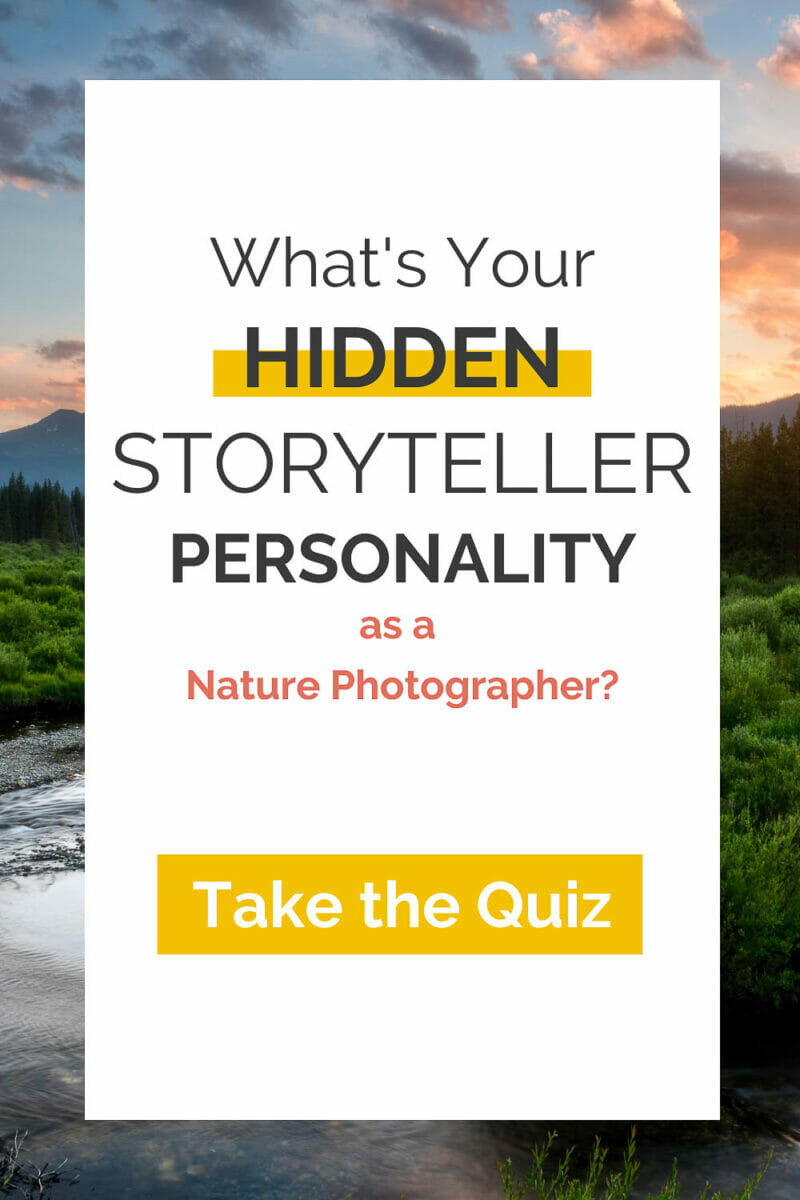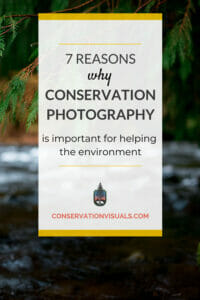Read Time: 7 minutes
We’ve all been there: a photo catches our eye, holds our attention, and changes something within us. In these moments, photography’s power to shape our perceptions of the world is most evident.
Photos evoke potent emotions, building empathy and understanding for the world around us, sometimes eliciting feelings of sadness while other times inspiring awe.
As conservation photographers reflecting on these experiences, we can harness the strength of the medium as a vital tool in raising awareness of environmental issues, supporting scientific research necessary for effective conservation efforts, and showcasing the beauty – and sometimes tragedy – of our planet.
Let’s look more deeply into the importance of photography and precisely what makes it such a fantastic conservation tool.
1. Photos are the fastest way to communicate ideas
As a visual species, humans often depend on sight to assess a situation. We do this not just as we make our way through our daily lives but also in how we learn.
With the brain’s ability to identify and process images seen for as little as 13 milliseconds, photos are a rapid and efficient method of relaying information.
By framing a specific moment, an image can communicate a message quickly while evoking emotions that stick with the viewer.
Additionally, telling a story through a photograph can be a powerful tool to help viewers connect to complex issues quickly.
For example, Nick Brandt’s “Inherit the Dust” series captures urban sprawl that has taken over animal habitats, causing populations to dwindle. The series features larger-than-life prints of the wildlife that used to roam the land, placed amidst the streets and buildings. The series illustrates how human activity dramatically affects animal habitats, emphasizing the importance of conservation efforts.
Even with such a complicated topic, a single image can introduce a viewer to the issue, get them to emotionally connect, and create a curiosity that motivates action – all in milliseconds.
Photographs allow a glimpse into the world around us in a distinctly visual way, conveying a message or telling a story that words alone cannot always capture.
Humans can visually process data in milliseconds – versus minutes spent reading or listening to information. So, photos are a way to get ideas across in an instant.
2. Photos relay both facts and emotion
The power of photography lies in its ability to present a moment to an audience in a way that is both factual and emotionally compelling. Photographers and visual storytellers can show what a scene looks like and how it feels.
While it can be difficult for our brains to interpret facts and data on their own, the story is more effectively told and processed by incorporating images.
For example, when people hear information, they’ll typically remember just 10% three days later. But by pairing a relevant image with that same information, retention jumps to 65%.
By imparting information with visuals and evoking emotions that stick with the audience, conservation photographers can significantly impact how viewers experience an issue – and that’s an extremely effective tool for change.
We retain information better when we pair it with images. Photos help to make data stick into our memories while also helping us emotionally connect to ideas.
3. Photos are powerful visual stories
Words are meaningful, but photos translate emotions even more effectively since they offer an immediate connection. Just one glimpse of a photograph can transport us to a different time or place, igniting our curiosity and getting us thinking.
But here’s the thing: a beautiful photo can make us stop and take a closer look, but it’s the storytelling behind that photo that can convey something more profound. By framing a shot just right, photographers can communicate ideas, actions, and complex relationships at a glance.
For instance, a portrait of an elephant is lovely to look at. But a photo of a mother elephant nuzzling her calf can tug at our hearts and encourage us to consider preserving these animals’ territories.
By conveying a story through photography, we can inspire people to act, make a change or contribute to conservation efforts. We can also help people connect with the importance of our actions for the environment.
Through the power of visual storytelling, conservation photography inspires individuals to drive positive change in the natural world.
By capturing images that go beyond a pretty snapshot and instead tell powerful stories, we can help raise awareness of the urgency of conservation issues and help people connect with the environment in ways that motivate them to take action.
There’s always a story to be told through conservation photography, and we can all play a part in communicating that story with the world.
Through photography, gestures, glances, expressions, and actions are frozen in time, creating a story we can stare at and study for long moments. This gives us time to get curious and connect.
4. Photography is essential for scientific research and science communication
Photography is an indispensable tool in scientific research, playing a vital role in capturing images across various fields and experiments.
From studying the microscopic world to mapping out the universe and galaxy to remote digital cameras that photograph behaviors of animals we’d never otherwise witness, photography has helped scientists make critical discoveries.
Photography lets researchers study the behaviors and habitats of endangered species, monitor changes to landscapes and ecosystems over time, and identify areas most in need of conservation efforts.
With the help of modern technology, researchers can now collect and analyze massive amounts of photographic data, providing valuable insights that might not have been possible otherwise. Through the science of photography, we’ve played a crucial role in shaping public perceptions and opinions.
Not only is digital photography important for scientific data, but it is also essential for science communication. And effective science communication bolsters critically needed support for scientific research.
Let’s face it – the average person won’t read scientific papers or even long-form science journalism articles. But a visual story with compelling photographs can draw most people in and get them curious about what’s happening. In this way, photography is a huge factor in educating the public about scientific research and events.
So, these visual stories can be used by scientists to communicate their work to funders, garner public support, and more.
Photography helps create a bridge between science and the average person, making it an undeniable tool in scientific research and applying that science toward conservation.
Not only do scientists use photography to gather data for research, but visual storytelling is critical to science communication. Sharing the research with the public in compelling, approachable ways strengthens support for conservation research and initiatives.
5. Photos demonstrate different perspectives to build connection
Conservation issues are multi-faceted, with different people having different, often deeply-rooted stances and emotional reactions. So, conservation is naturally complex. Yet, conservation issues affect everyday life and are essential to understand.
Photography can be a powerful means to convey that complexity and ensure that different perspectives are represented in a photo story.
The ability to capture images that offer unique and diverse perspectives can encourage viewers to see conservation issues in an entirely new light.
When capturing images for conservation photojournalism, it’s vital to communicate the viewpoints and experiences of everyone involved in the conservation effort.
Showcase the perspectives of people from different cultural backgrounds and those who might have differing views. By doing so, we gain a deeper understanding of the complexities of the issue at hand and accurately represent all parties involved.
Including diverse perspectives fosters a greater understanding and empathy among viewers, ultimately leading to more positive outcomes for those involved in conservation efforts.
To ensure our photos create an impact on viewers, we must create images that are both aesthetically compelling and emotionally engaging. Doing so fosters a deeper connection between the viewer and the subject matter, inspiring viewers to take action for conservation purposes.
Techniques we use to achieve this goal include framing, composition, lighting, and storytelling. The choice of framing and composition affects the message that the photograph conveys.
For example, purposefully using symmetry in an image can indicate balance and harmony, while asymmetry creates tension and a sense of unease. Similarly, lighting can evoke moods such as warmth, harshness, or mystery.
By capturing photographs that tell powerful stories about conservation that people see themselves reflected in, we can engage viewers and build momentum behind conservation efforts.
Photography can bridge the divide between thought and action – especially around controversial issues – by allowing us to see our experiences, values, and perspectives reflected in the story being told. Through the lens, we can find a connection with ideas that we never thought we’d have.
6. Photographs promote climate change awareness
Photographs have the power to evoke raw emotions, tell compelling stories, and change perspectives.
When it comes to promoting climate change action, photographs are a powerful tool in raising awareness about environmental issues and their impact on the planet.
The aesthetic appeal of photographs draws people in, while the emotional impact of these images inspires them to act.
Photographs can be especially effective in telling the story of a particular environmental issue or campaign.
Take, for example, the coverage of the recent Australian bushfires. The heart-wrenching images of charred wildlife and scorched forests sparked a global outcry, raising awareness of the devastating impact of climate change and ultimately inspiring people to take action.
Conservation photography – and specifically, climate photography – has the potential to transform public opinions, challenge the status quo, and drive real change on climate issues.
When we capture important events, document the beauty of the natural world, illustrate the impact of climate change on communities, and tell inspiring stories of conservation efforts, we photographers bring awareness to the forefront of the public’s conscience and promote action on a global scale.
Photography has the power to illustrate complex concepts in a way that words cannot – like the impact of climate change. By capturing changes over time, or from never-before-seen perspectives, or the scale of impacts, we can convey the severity and urgency of conservation issues.
In today’s digital age, sharing photos is easier than ever, especially on the internet and social media. Adding visuals to your conservation message can make it much more persuasive. In fact, posts with images get shared far more frequently than those without.
A photo shows viewers what’s really happening, and sharing it quickly and widely brings attention to important issues that may otherwise be overlooked.
The ability to easily share photos can also help build a community around your conservation message, which is crucial for gaining support and fostering discussions.
By using images to support facts, the public can better understand the urgency and importance of your message, increasing the chances of sparking dialogue and influencing decision-makers.
For example, Galen Rowell’s stunning photography of the Arctic National Wildlife Refuge helped inspire public support for protecting this fragile wilderness. His photographs captured the beauty and majesty of the Refuge, highlighting the importance of the landscape to be preserved for future generations. Rowell’s work helped lead to the designation of the Refuge as a protected wilderness area in 1980.
In another inspiring example, Clay Bolt, an award-winning natural history photographer and conservationist, played a significant role in the effort to protect the rusty patched bumble bee.
The species experienced widespread population decline attributed to several factors, including habitat loss, pesticide use, climate change, and diseases.
Bolt captured striking images of the bee and its habitat to raise awareness of its plight and was instrumental in campaigning for the U.S. government to list the species as endangered.
In 2017, the rusty-patched bumble bee became the first bumble bee species protected under the Endangered Species Act.
The power of photos to help the environment plays out daily. Whether through the preservation of a vast piece of wilderness or efforts to defend a single species, photography significantly impacts conservation by raising awareness, inspiring action, and promoting a message of interconnectedness between people and the environment.
Knowing photos are powerful is one thing, but knowing how to use them for massive impact is what we specialize in.
Let’s move on to the next chapter, where we’ll look at how conservation photography is different from nature photography and how you can use your photos to protect the planet and its inhabitants.


